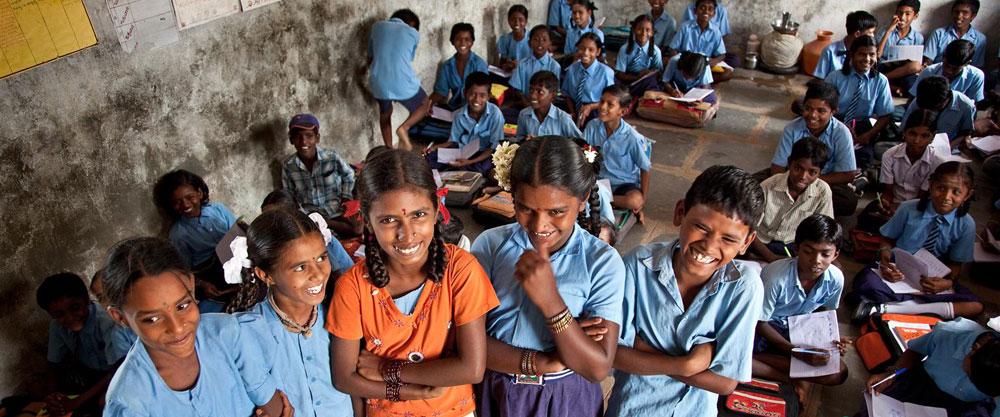The resource material formulated by the Health Ministry for adolescent peers is completely changing the way India has looked at things. This set of newly formulated material says it’s okay to “feel attraction” for the opposite sex or the same sex during adolescence: the fundamental of such relationships, it says, are consent and respect.
“Yes, adolescents frequently fall in love. They can feel attraction for a friend or any individual of the same or opposite sex. It is normal to have special feelings for someone. It is important for adolescents to understand that such relationships are based on mutual consent, trust, transparency and respect. It is alright to talk about such feelings to the person for whom you have them but always in a respectful manner… Boys should understand that when a girl says ‘no’ it means no,” says the resource material which will be available in various states across India with a mission to educate teenagers in India.
While sensitive issues like women safety and acknowledging the third gender are rather on hold in India, the government plans to extend its concerns to reach out to 26 crore adolescents in the country on health issues hoping for a better future. The Ministry has decided to involve 1.65 lakh peer educators called “Saathiya”. The resource materials made available to these educators was revealed on Monday by Health Secretary C K Mishra. These resources, notably are not conservative in nature, not only treats the issue of same-sex attraction with unusual maturity but also talks about contraception and gender-based violence in great detail.
Those responsible for educating the adolescent here are being trained by Rashtriya Kishor Swasthya Karyakram (RKSK). “Despite the expansion of media, there are many unanswered questions in the minds of young people in villages. Saathiya will address these questions. We are also talking about behavioural change and a change in thinking,” Mishra said.
This new resource material is made in collaboration with the United Nations Population Fund. Not only is it disregarding the gender stereotypes but surprisingly, there is a particular section for mental health. This new trend also calls words such as ‘sissy’ and ‘tomboy’ inappropriate, clearing that it is okay for both girls and boys to shed tears.
“A boy can cry to give vent to his feelings. He can also be soft-spoken or shy. Being rude and insensitive is not a sign of masculinity. It is alright for boys to like things like cooking and designing that are normally associated with girls; adopting the role of the other gender does not mean that he is not male. The same applies for girls who talk too much or like to dress like boys or play games like boys. It is wrong to label such people as ‘sissy’ or ‘tomboy’.”
Out of the other sections, there is one which deals with addiction, smoking and alcohol and their effects. Another section on reproductive health has information not just about HIV and other sexually transmitted diseases but also exhaustive information on contraceptive options (pills, condoms, IUCDs etc) for both boys and girls, listing masturbation as one of the topmost options for practising “safe sex”. It also has information on abortion and the need for parental or consent of guardian for girls younger than 18 years who want to undergo an abortion.


















